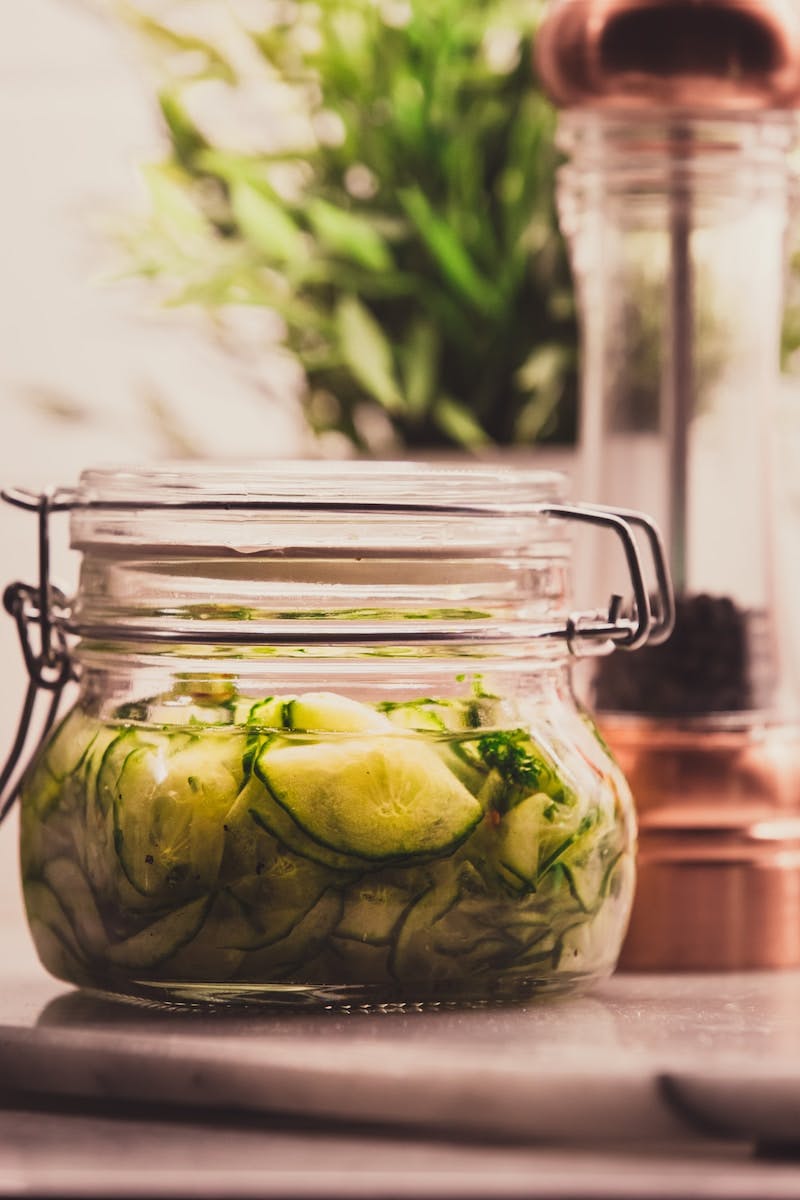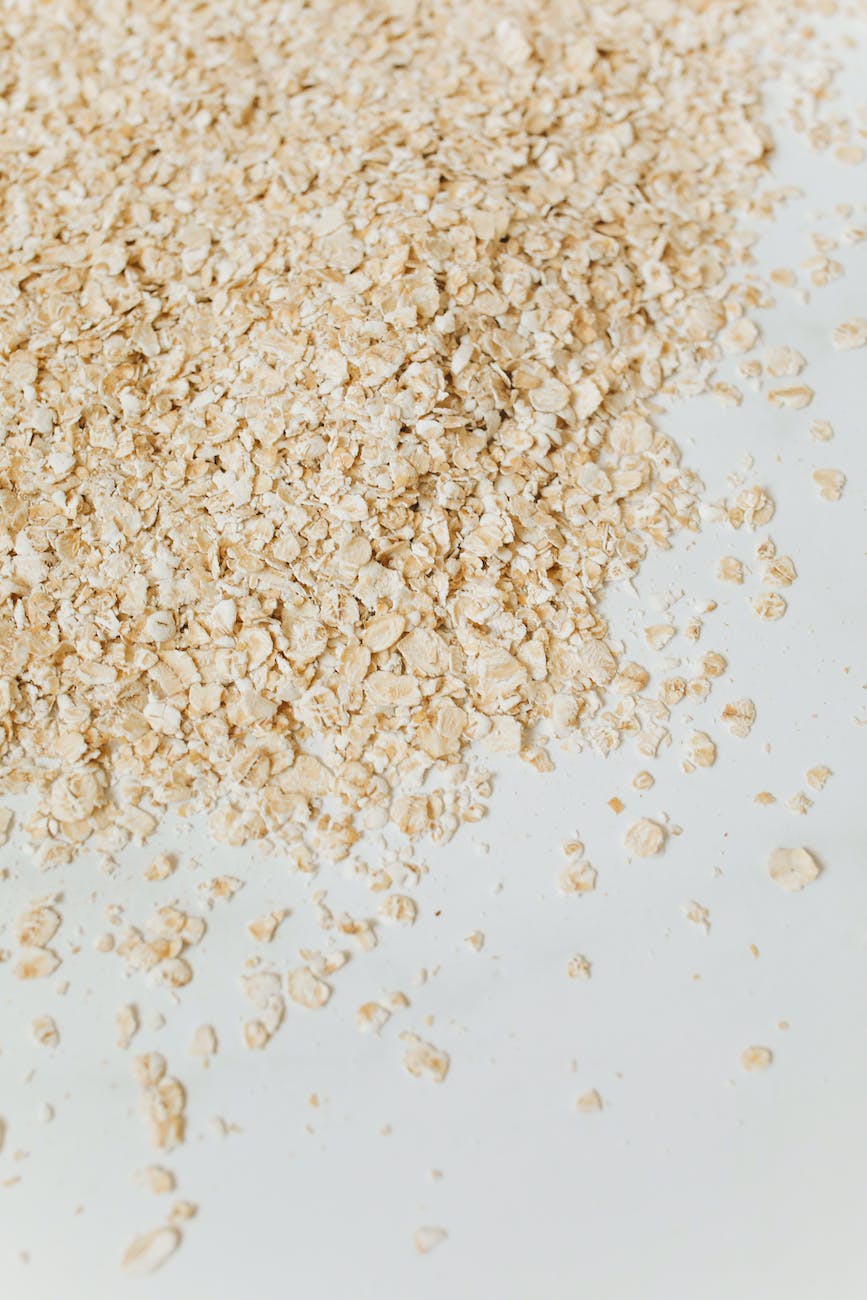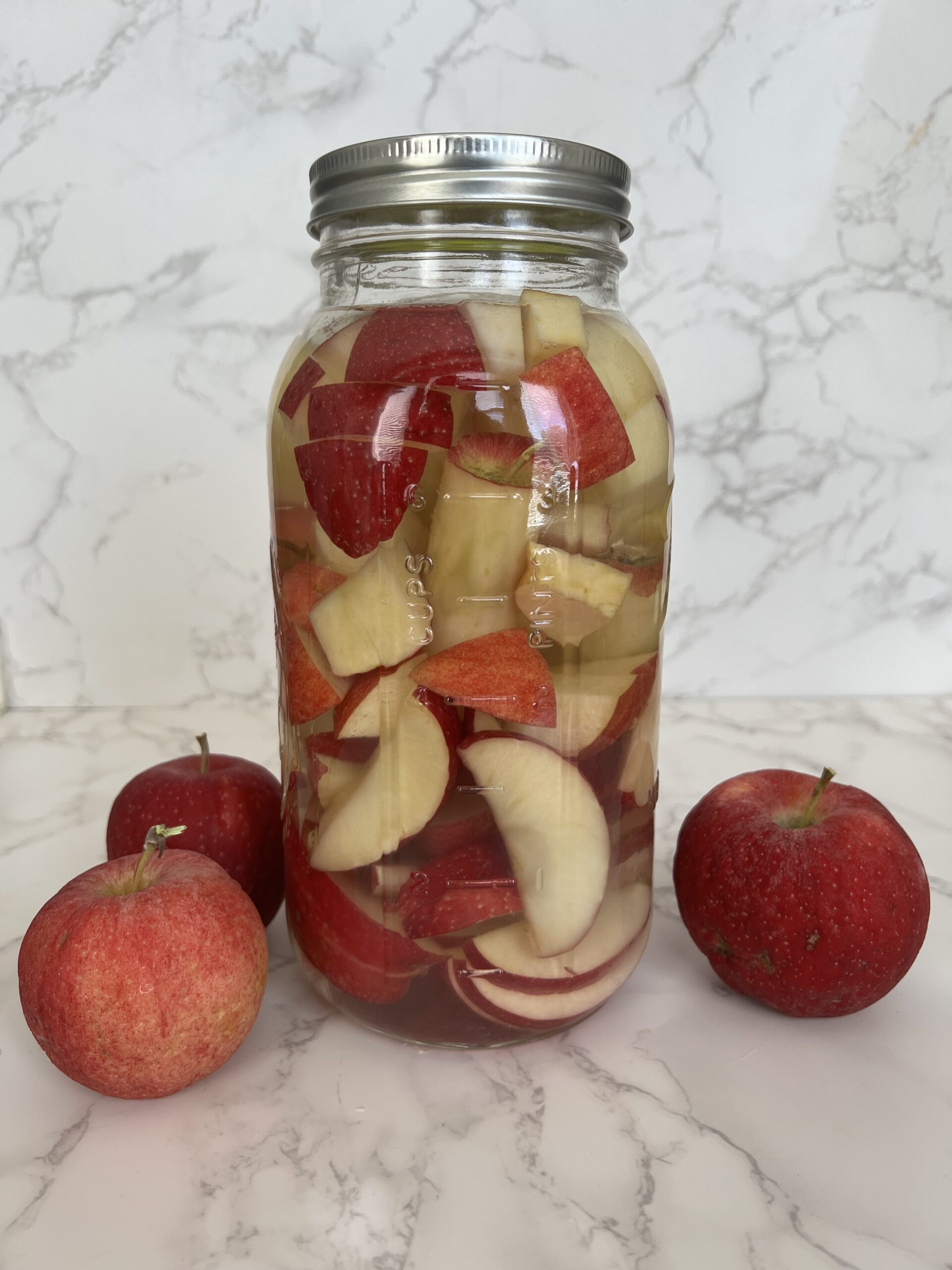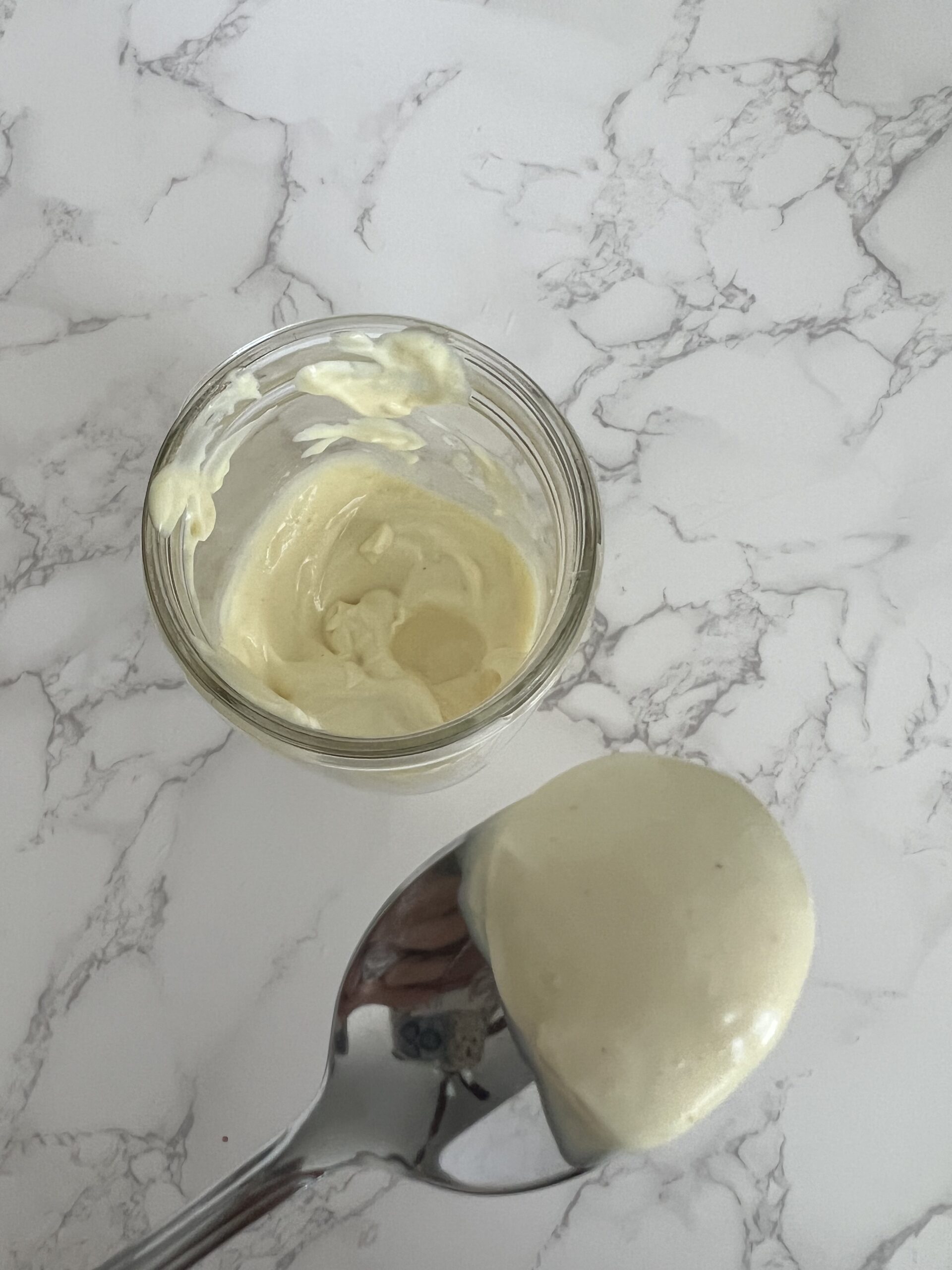
Have you been soaking your rice since finding out rice contains high amounts of arsenic? You may not have time to soak your rice or your decision to make rice is last minute. Don’t worry, because I’ll teach you how to make it!
Why You Should Make It This Way
- Rice has 10x more arsenic that other grains (organic doesn’t change this fact!).
- We’re exposed to this and other heavy metals everyday through cookware, food, drinking water & more.
- Heavy metal overload looks like joint pain, fatigue & headaches.
- Reducing the amount of heavy metals we come into contact with day to day is key!
Can I soak the rice overnight?
When it comes to rice, soaking it overnight helps reduce the amount of arsenic drastically. But not all of us are good at planning ahead.
What is another way to make it?
THERES ANOTHER WAY and it’s nearly as effective and is quick!
Here’s how…
- Parboil rice for 5 minutes (use the sauté function on your IP to bring the water to a boil👌🏼)
- Rinse rice well with clean water
- 3-in an instant pot, cook rice for 1 minute (equal parts liquid to uncooked rice)
- 4-natural release for about 10 minutes
Scientists from the peer reviewed journal Science of the Total Environment studied and tested this method and found that it reduced the arsenic by 74%! The overnight soaking method reduces it by 80%, which is the superior method, but still…the parboiling method is an excellent option!
Why is there arsenic in grains?
Rice contains inorganic arsenic, a potentially toxic metal that can cause health problems with chronic exposure. Arsenic is naturally found in soil and water, and it absorbs more of it than other grains due to its high absorption rate. Brown rice often contains higher levels of it compared to white rice because the husk of the grain holds most of the arsenic. The amount of it in raw rice varies from 0.1 to 0.4 mg/kg of dry mass.
It is important to note that while there are potential risks associated with consuming arsenic-containing foods, it is still possible to eat rice as part of a balanced diet by limiting intake and choosing different types of grains. Consumers should also consider where their food comes from, as certain regions may have higher levels of arsenic in their soil or water supply (source).
Lundberg Farms is a great source for rice because they check the levels of arsenic in their rice regularly. Basmati rice is known to have the lowest amount of arsenic.
Other Foods with High Levels of Arsenic
- Apple juice
- Grape juice
- Some types of fish and seafood, such as tuna, shrimp, and lobster
- Cereal and cereal bars
- Baby food, especially those containing rice, sweet potatoes, or carrots
- Beer and wine, which can contain trace amounts of arsenic from the brewing or fermentation process
- Some types of fruit and vegetables, such as mushrooms, spinach, and kale, although the levels are generally lower than in rice
FAQs
What risks does arsenic in rice pose to our health?
Long term exposure to inorganic arsenic may increase the risk of several health issues, including cancer, skin lesions, developmental effects, cardiovascular diseases, and diabetes.
Are all types of rice equally high in arsenic?
No, the levels of it in rice can vary depending on factors like the type of rice, soil conditions, and geographical location. Brown rice contains higher levels of arsenic than white rice because the husk of the grain holds most of the arsenic.
How can I reduce my exposure to arsenic when consuming rice?
There are several ways to reduce your exposure to it when consuming rice. You can rinse the rice before cooking, use a higher water to rice ratio, cook the rice in a large amount of water and drain off the excess water after cooking, and choose basmati or jasmine rice that have lower levels of arsenic.
Can I still eat rice if I’m concerned about arsenic levels?
Yes, you can still consume rice as part of a balanced diet while limiting intake and diversifying your grain choices. Incorporate a mix of grains like oats, barley, quinoa, and couscous in your diet instead of rice.
Are there any regulatory limits on arsenic levels in rice?
Yes, some countries have limits on the maximum allowable levels of arsenic in rice. In the U.S., the FDA has proposed a limit of 100 parts per billion (ppb) of inorganic arsenic in infant rice cereals.
Recipes to Check Out
Are you encouraged by the findings of this new method?? I’ve done it several times now and it is easy and produces great rice!
Here is a post I did on making Low Arsenic Rice
Low Arsenic Rice
Ingredients
- 2 cups rice
- 2 cups water (plus more for initial boiling of rice)
Instructions
- In an Instant Pot, parboil rice for 5 minutes (use the sauté function on your IP to bring the water to a boil.
- Rinse rice well with clean water.
- In an instant pot, cook rice for 1 minute on manual (use equal parts liquid to uncooked rice).
- Natural release for about 10 minutes.












Do you eat as parboiled rice? Or do you then cook the rice like usual, but with a shortened time? I am definitely going to try this. I have had my concerns about arsenic in rice. And yes, planning ahead to soak doesn’t always happen. This is great to have another option. Thank you!